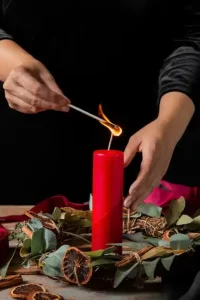Introduction:
Nature never ceases to amaze us with its stunning creations, and Parrot Flowers are a perfect example of its artistic flair. These fascinating flowers boast unique shapes and captivating colours that have earned them the name “Parrot Flowers.” Let’s dive into the intriguing world of Parrot Flowers, exploring their Latin name, etymology, habitat, and the reasons behind their remarkable form.
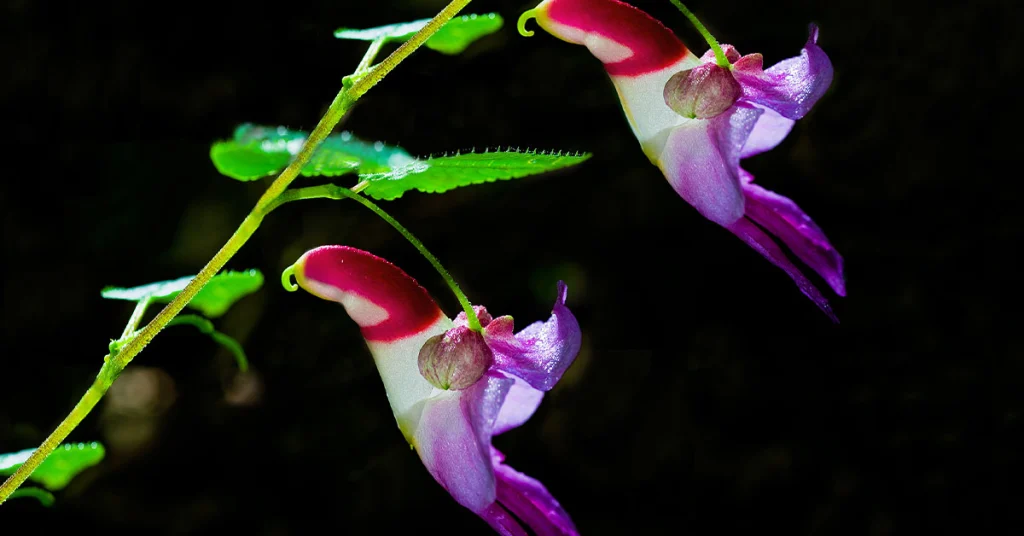
1. The Latin Name and Etymology:
Parrot Flowers belong to the genus Heliconia. One of the most famous species is Heliconia Psittacorum. The Latin name “psittacorum” hints at the flower’s resemblance to the vibrant plumage of parrots. This clever naming helps us imagine the striking hues and shapes of these remarkable blooms.

2. Habitat and Natural Range:
Parrot Flowers are native to the tropical regions of Central and South America. You can find them gracing the landscapes of countries like Costa Rica, Colombia, Ecuador, and Brazil. These flowers thrive in the warm and humid environments of rainforests, where their bold colours make them stand out amidst the lush greenery.
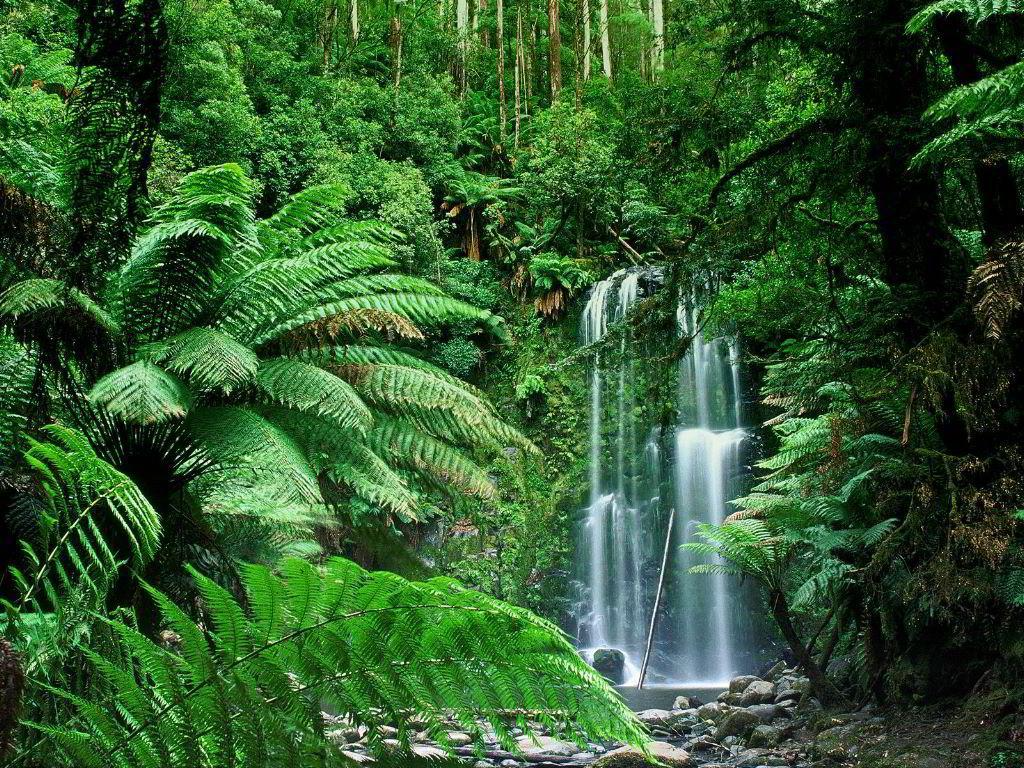
3. The Fascinating Form:
What sets Parrot Flowers apart from ordinary blossoms is their extraordinary shape. These flowers have evolved to attract specific pollinators, such as hummingbirds and sun birds. The vibrant bracts, which are modified leaves, create a perch for these birds. The true flowers hide within these bracts, their nectar enticing the birds to visit. As the birds drink nectar, they inadvertently transfer pollen from one flower to another, aiding in pollination.
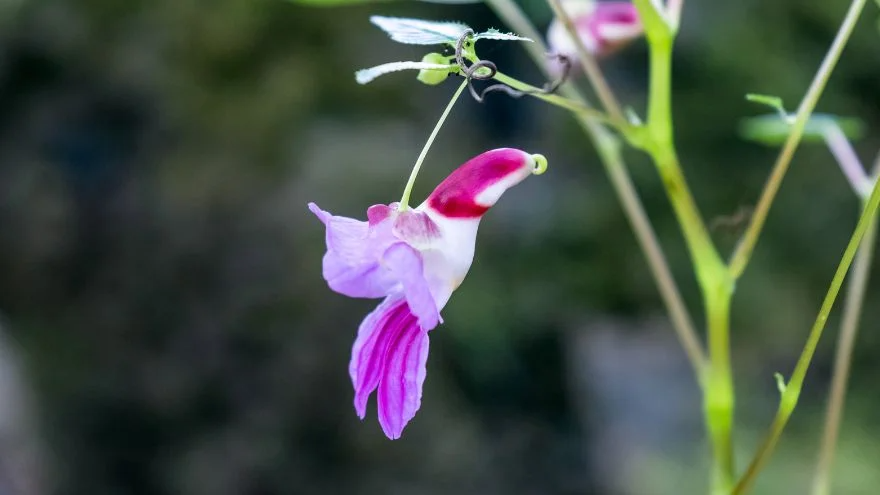
4. The Role of Color and Adaptation:
The intense reds, yellows, and oranges of Parrot Flowers play a crucial role in their pollination process. Birds are attracted to these bright hues, mistaking them for food or potential mates. This evolutionary adaptation benefits both the flowers and the pollinators, as the birds receive nectar while aiding in cross-pollination.
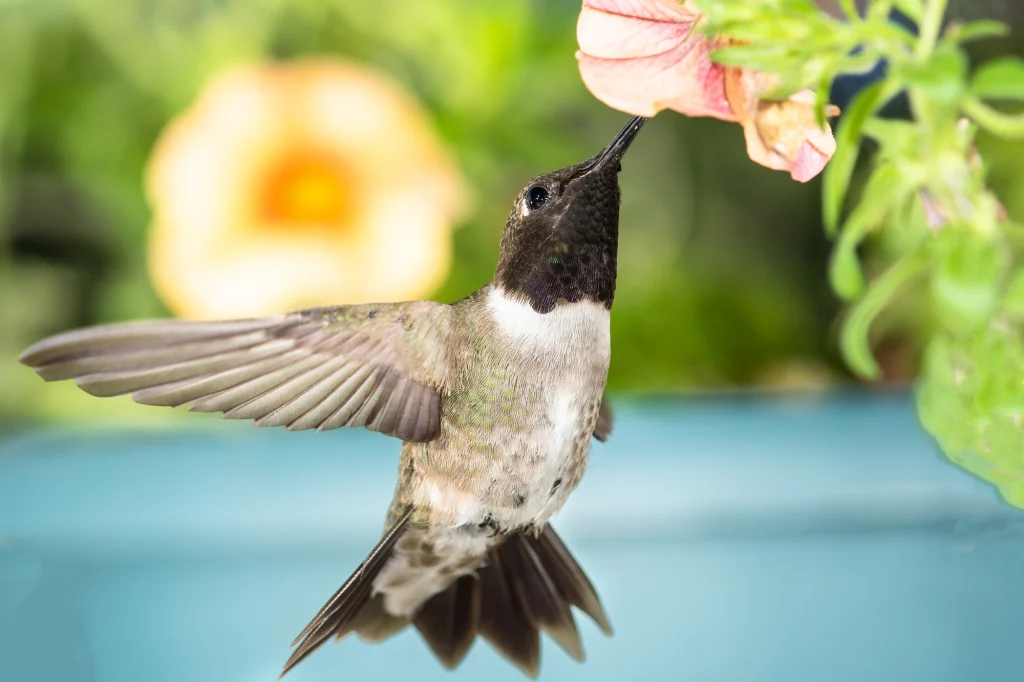
Conclusion:
Parrot Flowers are true wonders of the natural world, captivating our imagination with their vibrant colours and intricate designs. Their Latin name, habitat, and unique form all come together to create a captivating story of adaptation and survival in the rainforests of Central and South America. As we marvel at the beauty of Parrot Flowers, we are reminded once again of nature’s endless creativity and the incredible relationships that exist within our ecosystems.




